
After two-dozen homeless leaders and their supporters occupied an abandoned school in Nanaimo, School Board Chair Steve Rae responded with the classic conservative refrain, “Won’t somebody please think of the children!” Rae, who is not a contractor, has repeatedly announced that the Schoolhouse Squat caused upwards of $100,000 in damages and that repairs would come out of the School Board budget, hurting school children across the district. The mainstream media continues to repeat Rae’s baseless estimate as fact, sensationalizing the squat rather than reporting on it. This article debunks, one-by-one, the myths of “Destruction! Drugs! Violence!” used to defame and delegitimize the Schoolhouse Squat and broader Indigenous and working-class resistance to state-organized homelessness and displacement.
Myth #1: Destruction!
Rae shared photos of Rutherford Elementary that were taken after the RCMP and the Emergency Response Team entered the building to remove organizers, busting down every door on the first floor. The photos have since gone viral (by Vancouver Island standards), with over 1,400 shares on Facebook. According to Rae, these photos are evidence that the squat caused over $100,000 worth of damage. But apart from the doors knocked in by police battering rams, the dozen or so nails hammered into the roof to hang banners, and the beautiful mural homeless leaders painted on one wall, the damage had been done long before we arrived. The school was shut down in June by Rae and other school trustees in response to government cutbacks. It had the feeling of a building hastily evacuated: rooms were left in disarray, with school supplies and trash strewn everywhere. The real story of the destruction of Rutherford Elementary is how neoliberal government policy first allowed the school to fall into disrepair, and then used its poor condition as an excuse to shutter its doors indefinitely.
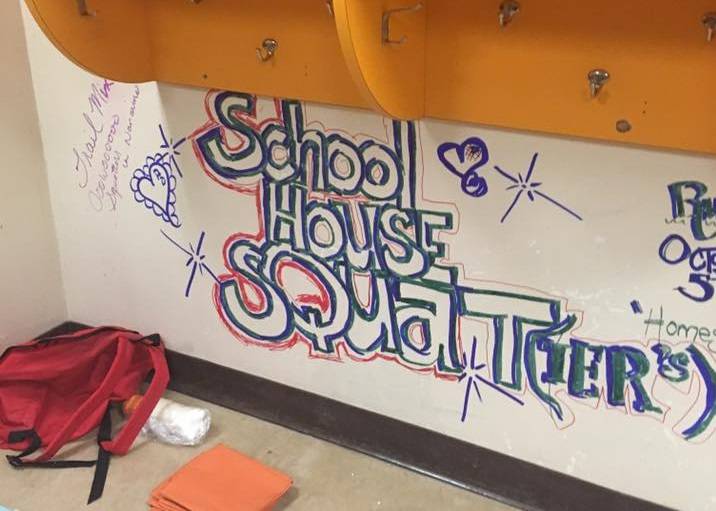
In a 30-page report from 2015, the Nanaimo-Ladysmith School Board estimated that the cost of repairs required to make Rutherford operational – including painting, reroofing, and replacing flooring – would exceed two million dollars. The building was in such poor condition that the School Board’s 2013-2023 Facilities Plan included plans to demolish Rutherford and rebuild it from scratch. In 2015, with the release of the Becoming Sustainable: Facilities Plan Update, the conversation shifted from rebuilding Rutherford to shutting it down altogether. The reason for this shift was purely monetary: according to a 2015 School Board report, the “demolition of the current structure and the complete rebuild of the core area of a new school” would cost more than closing its doors and sending students elsewhere. Beginning in September 2015, the School Board launched a 60-day consultation process on the prospective closure, but its scope was limited from the beginning, with the School Board flatly asserting, “school closures will be inevitable.” Parroting Margaret Thatcher, the mother of neoliberalism, the Nanaimo-Ladysmith School Board effectively told the teachers, parents, and children of Rutherford that there is no alternative.
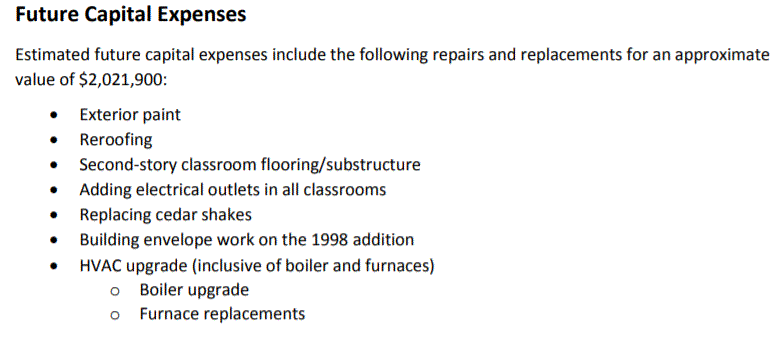
A group of parents disagreed with the School Board’s assessment and, in response to the threat to their children’s school, formed an advocacy group called Rutherford Open and Thriving. They held rallies, spoke to media, circulated petitions, and wrote letters. But in December 2015, despite their best efforts, the School Board voted 5-4 to shutter Rutherford. Steve Rae was among those who voted in favour of the closure. Parents expressed shock at Rae’s vote, given that he had once been in their shoes. When his children’s school was under threat, Rae joined Save Cedar Schools; he then “rode an easy wave into office,” as one Rutherford parent put it, based on his activism against school closures. But once elected, Rae became a convert to neoliberal governance and economics. He justified his decision to close Rutherford by citing budget shortfalls, claiming that the cost of keeping the school open would necessitate layoffs. Rae’s transformation was complete when, at a Christmas party, he was confronted by a group of parents about his decision to close their children’s school and responded by giving them the middle finger.
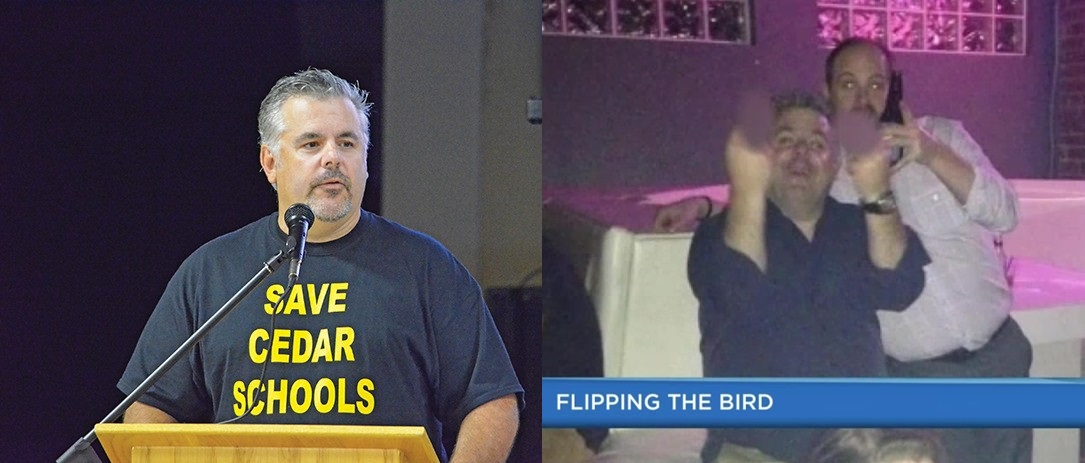
Between 2002 and 2017, more than 250 public schools were closed in BC. The neoliberal austerity project pushed by the BC Liberals and continued under the BC NDP has gutted funding for public education, and school trustees are resorting to school closures to balance budgets. While trustees often say they have no choice in the matter, the BC Teachers’ Federation (BCTF) argues that rather than cut programs and close schools, trustees should be “asserting their districts’ needs with the provincial government.” The BCTF has even disputed the premise that closing schools invariably saves money and leads to greater stability for district schools that remain open. Rather, they have found that “school closures can simply lead to more school closures” due to the accompanying upheaval, which discourages existing families from staying and new families from moving to the area.
Myth #2: Drugs!
Steve Rae told the media that “the drugs and paraphernalia left throughout the school [will require] a hazmat team to clear.” But the photos he used as evidence show well-ordered harm reduction supplies, including a newly-opened box of hypodermic needles, sterile water and cookers, and a Naloxone kit – none of which are drugs. Moral panic distorts people’s vision, so that when they look at harm reduction supplies they see drugs, and when they look at drugs, they see danger.
Activist and writer Garth Mullins responded to Rae’s comments by Tweeting, “Anyone saying you need a hazmat suit here has little credibility.” He continued, “[this is] nasty, stigmatizing propaganda – unsupported by evidence or experience.” As Mullins stated, there is no risk of overdosing from touching fentanyl and the risk of HIV infection from a needlestick is massively overblown in public discourse. Needlesticks are easily preventable, and if they do occur, the probability of HIV infection is in the range from 0.3% to 0.03%. Mullins reminds us that this sort of panic has a long history. Hazmat suits appeared in the early days of HIV/AIDS, contributing to the stigmatization and ostracization of patients. During the 1980s and 1990s, the use of hazmat suits said more about society’s perception of gay men than it did about the risk of HIV transmission. Today, the Nanaimo-Ladysmith School Board’s claim that a hazmat team will be required to dispose of the “drugs and paraphernalia” found in Rutherford has nothing to do with the risks these materials pose and everything to do with anti-homeless hate.
Rae’s call for a hazmat response recalls comments made by Langford Mayor Stew Young in September when displaced residents of Camp Namegans took shelter in Goldstream Provincial Park. In an incredible fit of anti-homeless hysteria, Young claimed, “This is going to cause, I believe, damage to the park. It will cause damage to the future. It will be unsafe for anybody […] if there’s drug activity and paraphernalia and needles left behind that we will never be able to find.” As government officials in positions of power, Rae and Young are perpetuating a dangerously dehumanizing narrative that, when picked up and repeated in the press as fact, crystallizes anti-homeless hate with the solidity of truth: that homeless people “contaminate” the public, and that society needs to be purified of such “contaminants.” That this rhetoric advocates violence and death is no overstatement given the overdose epidemic currently decimating our communities.
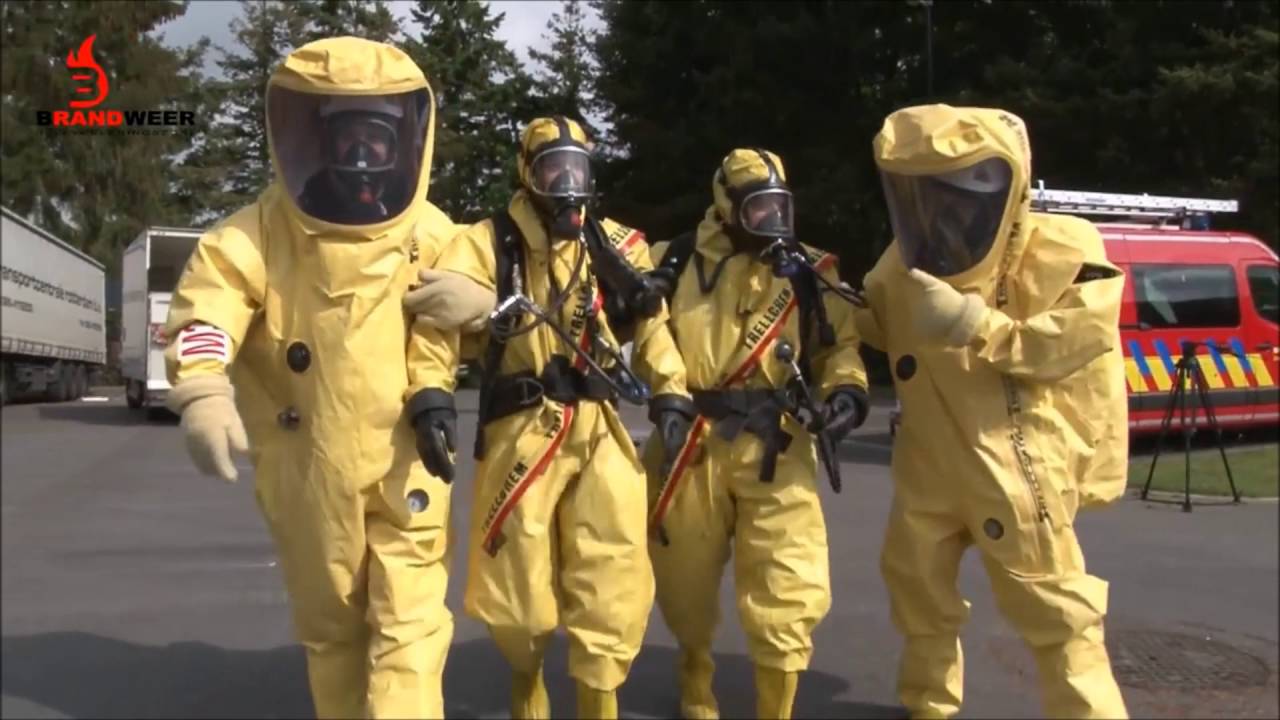
Myth #3: Violence!
The moral panic surrounding the Schoolhouse Squat extends to questions of crime and violence. In a radio interview with RCMP Constable Gary O’Brien, the host of CFAX 1060 repeatedly asked if the public was in any danger. The photographs Steve Rae shared on Facebook included a photo of a sheathed utility knife laying on a table and the media and public reacted by clamouring that the squatters had been armed. Squatter Ivan Drury explains the knife, “I spoke to the RCMP through the open window of the school when we were all gathered on the roof waiting to be arrested. The cop asked me if anyone had a knife or weapon and I said I’d check. One elderly, disabled homeless man gave up the utility knife he always carries on his belt and I put it far away from our group on the roof. I told the cop I’d made sure we had no knives or anything that could be interpreted as a weapon. We were anxious to show them that we weren’t armed.”
Like any moral panic, the narrative that squatters were armed has been used to legitimize the repressive power of the state and justify increased police power. Few have questioned the appropriateness of the militarized raid of the occupied school, which involved over 50 RCMP officers and balaclava-and-fatigues-clad members of the Emergency Response Team (the Canadian equivalent of a SWAT team). Police entered the school with dogs and assault rifles, broke down doors, and arrested two-dozen peaceful occupants who had made it clear to the police that they had no weapons and were not a threat to officers. Those arrested included seven homeless leaders from Discontent City and two from Anita Place in Maple Ridge, who, after a day in jail, were thrown back onto the streets. The raid had nothing to do with public safety. There was no reason for the police to break up the squat, except to safeguard the sanctity of property rights over and above the lives and self-determination of homeless people.
Militarized police operations, like the takedown of the Schoolhouse Squat, are possible because of already bloated police budgets, and are used to justify further budget increases. By cheerleading the disproportionate police response to the squat, the media and the public lend legitimacy to budget increases, which drain resources from social programs and exacerbate the problem of austerity that resulted in Rutherford being shut down in the first place. The panic around violence fixates on the “violence” of homeless activists fighting for their own survival, while legitimizing the violence of the state and its police force. The Schoolhouse Squat was a nonviolent action, but we know that we cannot rely on the police to keep us safe; working class and Indigenous communities have to defend ourselves – sometimes using violence – against bigots, organized fascists, and the police. Efforts to legitimize the state monopoly on violence undermine our community self-defence efforts, attacking us for fighting back against the brutal and pervasive violence of capitalism and colonialism.
Why would we destroy Rutherford? We wanted to make it home!
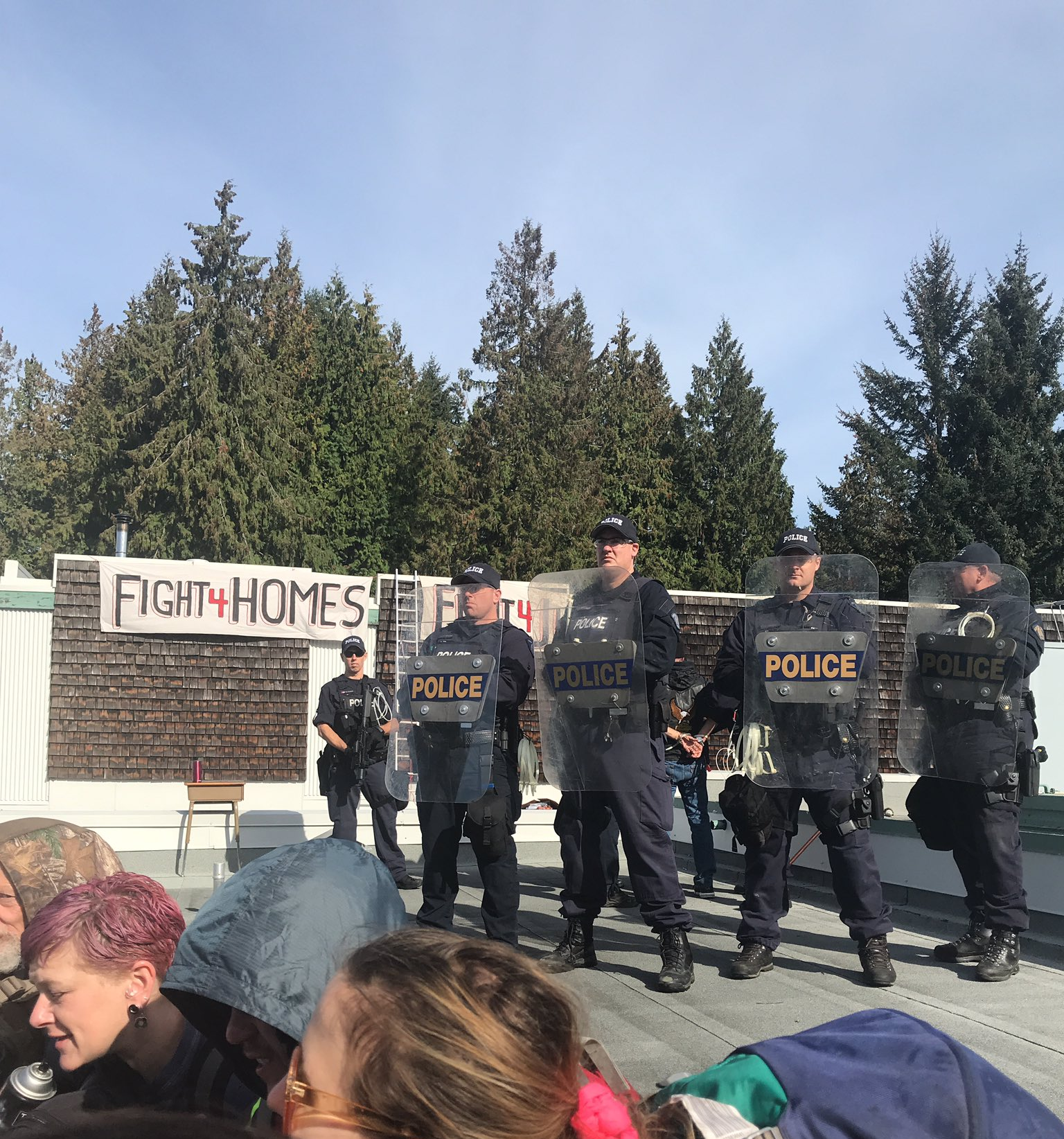
Police, politicians, and internet and reporter trolls are working hard to paint the homeless leaders and supporters who occupied Rutherford Elementary as forces of wanton destruction. They call us “criminals,” “outsiders,” “anarchists,” “communists,” and even level the term “activist” as though it’s a slur. But we didn’t destroy Rutherford – we put it to use after the school was destroyed by Steve Rae, the Nanaimo-Ladysmith School Board, and the Province of British Columbia. For seventeen hours, we transformed the abandoned school into a sanctuary for homeless people, who face relentless violence from the police, anti-homeless bigots, and organized fascists. For some, it was the first night spent indoors, warm and dry, in years. As Discontent City resident Cori told reporters after she was released from jail, “We cooked and ate as a community. We were warm. We were together. We felt safe for once.”
The basic premise that, in the midst of a homelessness crisis, buildings without residents should be used to house people without homes has been drowned out in a storm of moral panic. As people committed to justice, we cannot be distracted by smear campaigns that seek to undermine the collective power of self-organized working class and Indigenous people. We need to challenge any narrative based in moral panic that serves to reinforce the repressive powers of the state. It should come as no surprise that politicians and police spread lies designed to tear us apart, but we have to remember, it’s only by standing together that we’ve got a fighting chance.
